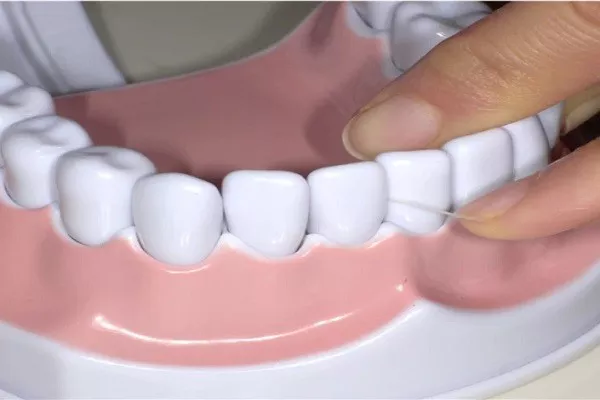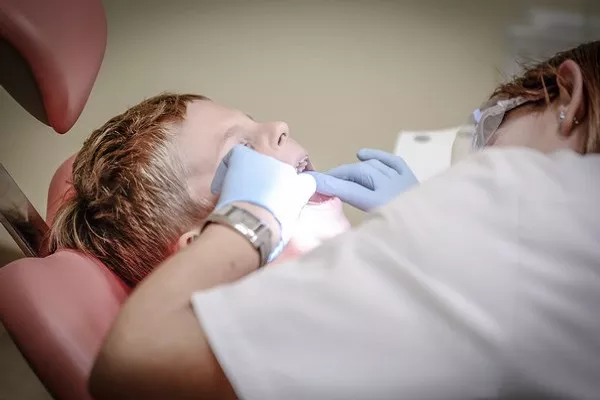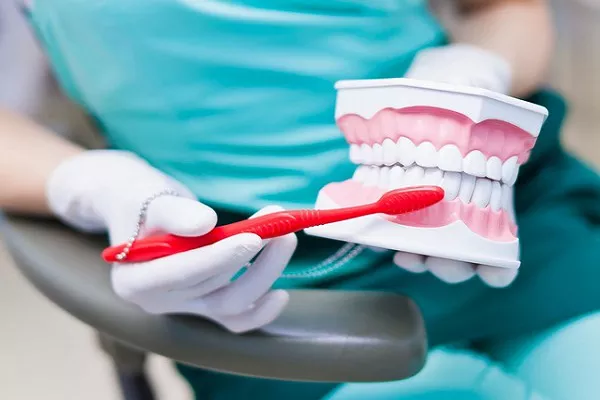Tooth fillings are a common dental treatment used to restore teeth that have been damaged by decay or trauma. While fillings are designed to be durable and long-lasting, it is possible for them to fall out under certain circumstances.
The most common reason for a filling to fall out is due to further decay or damage to the tooth. If the tooth around the filling begins to deteriorate or break down, the filling may become loose and fall out. In some cases, a filling may also become dislodged due to trauma or injury to the tooth.
Another potential cause of a filling falling out is improper placement or fitting of the filling. If the filling is not securely bonded to the tooth or is not properly shaped to fit the contours of the tooth, it may come loose over time.
In rare cases, a filling may fall out due to the type of material used in the filling. For example, amalgam fillings, which are made from a mixture of metals, can expand and contract over time due to changes in temperature. If the filling becomes too large or too small, it may fall out of the tooth.
If a filling does fall out, it is important to see a dentist as soon as possible. Leaving the tooth untreated can lead to further decay and damage, which may require more extensive and expensive dental treatments. In some cases, a dentist may be able to repair the filling or replace it with a new one.
To prevent fillings from falling out, it is important to maintain good oral hygiene and to schedule regular dental check-ups. Avoid biting down on hard objects, such as ice or hard candy, which can cause damage to the teeth. Additionally, if you experience any discomfort or sensitivity around a filling, it is important to see a dentist right away, as this may be a sign of a problem that requires treatment.



























